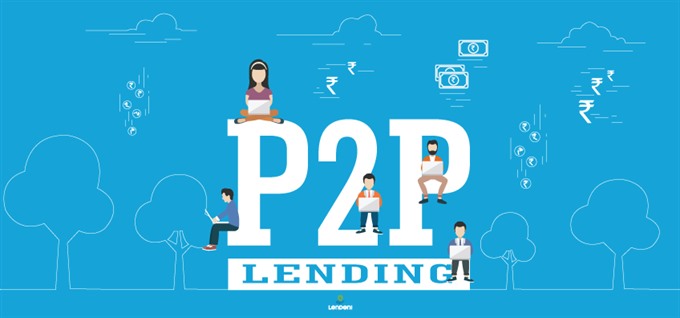 Economy
Economy

The State Bank of Việt
 |
| The global P2P market is estimated to surge by up to 53 per cent per year to reach some US$490 billion in 2020. - Photo www.lendenclub.com |
HÀ NỘI – The State Bank of Việt
Anh spoke at a recent workshop on international experiences in P2P lending held in Hà Nội with the participation of more than 100 representatives, including financial management authorities from
With the rapid proliferation of mobile devices, artificial intelligence and big data, P2P lending—the practice of lending money to individuals or businesses through online services that match lenders with borrowers—has developed rapidly around the world in recent years.
Addressing the workshop, Eric Sigwick, the Asian Development Bank (ADB) Country Director in Việt
Although P2P can create enormous socio-economic benefits, it also contains potential risks for the relevant parties, he said, adding that it is necessary to strictly monitor this field to mitigate the risks and improve awareness of the relevant parties.
Through this model, lenders can earn higher returns than they can get from banks while borrowers, especially individuals and micro businesses, can get money at lower rates. But the lending is also fertile ground for high-tech crimes.
According to Anh, as part of the role of the State management authority in the monetary and financial field, the SBV has full awareness of the benefits and potential risks of P2P lending.
Therefore, Anh said, the SBV has been studying and assessing the positive and negative sides, risks and other relevant issues of P2P lending.
“Currently, the SBV’s functional departments are putting in a lot of effort to study the models of P2P lending in the world, the management experience and the operational supervision in other countries in order to formulate a legal framework which can bring out the positive aspects of this service product, while preventing and minimising the risks and the negative effects and ensuring safety for individuals and enterprises, thereby enhancing financial inclusion in Vietnam,” Anh said.
According to ADB expert Dương Nguyễn, the global P2P market is estimated to surge by up to 53 per cent per year to reach some US$490 billion in 2020. In
In Việt